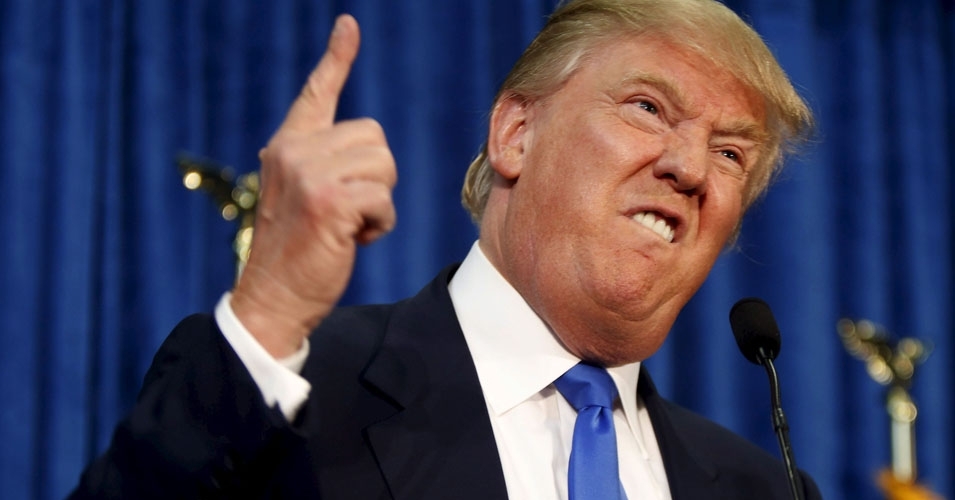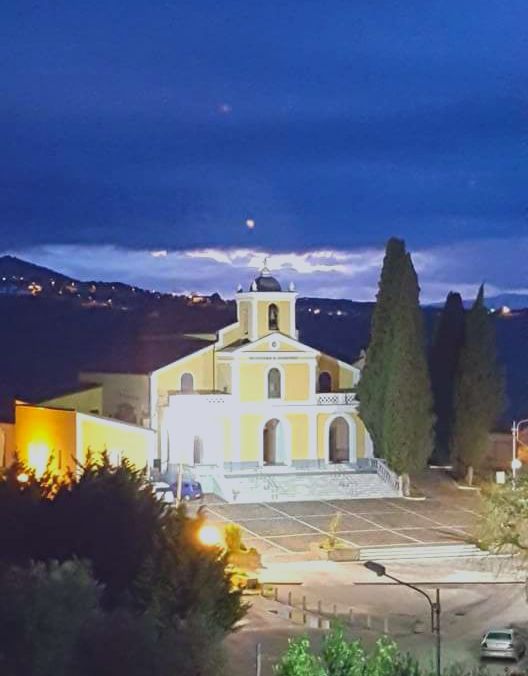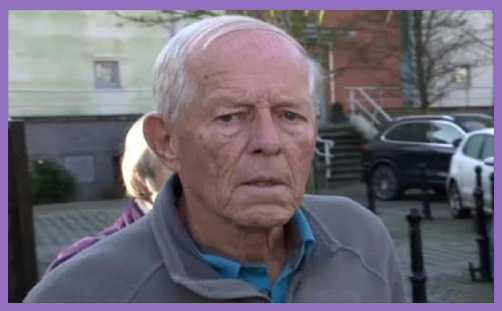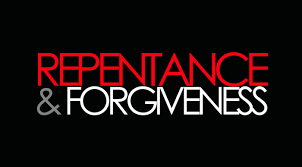
I must have written several times about bizarre events within American life under President Trump. The most recent example of the current craziness washing over much of American society are the daily outpourings from the White House on the topic of the coronavirus. Trump himself tells the world about the progress of the ‘fight’ against the coronavirus and sometimes what he says appears to be based on fantasy and hope rather than reality. Alongside him, for these briefings, Trump has included an international expert on infectious diseases, Dr Anthony Fauci. While wanting to have such scientific expertise around him, Trump has also been subtly undermining Fauci’s work by failing to stamp out some outrageous conspiracy theories directed against the doctor. Fauci apparently once said, in an email, something favourable about Hillary Clinton when she was Secretary of State under Obama. This, in the minds of the right-wing conspiracy theorists, who support Trump, renders him a stooge of the Democratic Party bent on destroying Trump politically. In a single moment, all Dr Fauci’s expertise is devalued and trashed and his motivation for urging the American public to take the virus seriously is called into question. One person could stop the dangerous onward march of these irrational conspiracy ideas. That person is the President himself. He, however, has no apparent desire to see the present coronavirus crisis as anything other than part of a war against his political opponents. The claims of truth and scientific rationality can be sacrificed if that gives Trump political advantage.
The wild and unsubstantiated claims about the coronavirus that circulate currently in America are not just irritating; they are often profoundly dangerous. Those who try to direct the country’s policy in helping victims, as well as leading the research to find vaccines and treatment, must be deeply frustrated by all the irrationality and incoherent management that is coming from the top. The problem about any ideas that originate in irrationality is that they cannot ever be properly debated. A person who thinks with his ‘gut’ as Trump does, is never going to be amenable to a calm consideration of scientific evidence and factual material. Reason and unreason have very little to say to each other.
Where does Trump’s dangerous irrationality come from? It seems to come from two main sources. The first source may be attributed to Trump’s own personality. We have spoken before about the temperament of an individual like Trump who appears to suffer from full blown malignant narcissism. When somebody suffers from such a pathology, they will have created a world inside their head that will automatically reject all ideas, people and thoughts that challenge their need to satisfy an overwhelming narcissistic hunger. There is, inside the mind of such a sufferer, an insatiable appetite which demands to receive flattery, soothing and gratification at every opportunity. So, to understand the lack of rational discourse that afflicts the Trump administration, we can in the first place point to his extraordinarily distorted and corrupted narcissistic thinking.
While an individual like Trump can exist in a delusional bubble completely of his own making, it is easier for him if his fantasy thinking is shared by others around him. Trump of course has his political allies, especially those who see him as a means to enhance their wealth. New laws and tax breaks can all be manipulated to favour the business interests of the very wealthy who are close to a compliant President. Such individuals can always be relied upon to pander to gratify Trump’s narcissistic needs. But there is a further larger group who remain steadfastly loyal to Trump, the American Christian Right. Trump has always been able to count on this significant section of the population, white self-styled evangelical Christians. They see his presidency as furthering their anti-abortion, anti-LGTB priorities. These play an extraordinarily significant part in their deliberations and rhetoric. To summarise these priorities, the conservative Christian right hanker after a more Christian ‘biblical’ society after Rushdoony. They believe that Trump is, by promoting their interests, helping them to achieve this aim. The way that traditional Christian conservative causes about abortion and LGTB form part of this agenda is not our concern here. These topics are well explored elsewhere. What concerns us here is the way that irrationality has been allowed to flourish over the coronavirus struggle. What happens in the States in this area matters to the whole world. If the world economy and people’s lives are being undermined by crackpot Christian ideas, that matters a great deal. Christian irrationality should not be allowed to creep into the mainstream of society and politics to threaten us all.
It is not too great a generalisation to say that a large segment of American Protestant Christianity has always had a problem with pure science and the technology that has grown out of it. In Britain in the 19th century, we too had fierce resisters to the implications of Darwin’s ideas concerning evolution. Many Christians defended the strict notion that the world was created in six 24 hour days. But by the end of the 19th century most of these ultraconservatives in Britain had retreated to the margins of society and were not generally found in the denominational churches. Among many American Christians, by contrast, the literal reading of Genesis is a widely held notion. Typically, this is translated into antipathy and irrational hostility towards science and scientists. When such hostility is projected on to doctors and scientists working to find a way forward with the coronavirus, such a belief system can be the cause for people dying unnecessarily. The horror of our world collapsing into an economic depression, such as we witnessed in the 30s, is also too awful to contemplate
Religious irrationalism, whether in the States or elsewhere, has the power to further exacerbate the coronavirus epidemic. Our first example from the States is to be found in the words of a megachurch leader, Guilermo Maldonaldo, based in Florida. He called a meeting on March 15 and insisted that all his flock be there in person. He asked the question. ‘Do you think that God would bring his people to his house to be contagious (sic) with the virus? Of course not.’ Guildremo, according to his website, is due to be present in London for a rally in June. We expect it will be the virus that causes this visit to be postponed. Even if there was no ban on such a mass gathering as he was planning to hold, we might hope that the Home Office might decide that allowing Guildremo to enter the country was not in the public interest.
A second evangelist Rodney Howard Browne, again based in Florida, has ridiculed members concerned about the virus by calling them ‘pansies’. As an antidote he has handed out anointed handkerchiefs which he believes will protect them from the disease and the fear that may accompany it.
It is a matter of deep irony that one of the first people to die from coronavirus in Virginia was a Christian pastor, Landon Spradlin. He had described the pandemic as ‘mass hysteria’. Spradlin had returned prematurely from a preaching trip to New Orleans after becoming ill. In each of these three examples there is a dangerous juxtaposition between faith and irrationality. The word dangerous needs to be emphasised again and again. As long as the Trump government is infiltrated by this kind of irrational thinking promoted by ‘orthodox’ American Christian leaders, the world and its economies are in severe peril.
Irrationality and faith are unhappy bedfellows. I have pointed my readers to three examples among Christian Americans but there are many others. When one believes that faith takes precedence over everything else, even rationality, we have a toxic, dangerous situation. Like many conservative beliefs, the precedence of faith is a principle which does make some sense within a Christian worldview. But it needs to be combined with wisdom, with nuance rather than as an all-conquering principle of a Christian attitude. Above all, faith must never be the prelude to a dangerous irrationality which can swamp the minds of Christian believers as it appears to be doing in America. No belief system can ever be allowed to endanger, even destroy, others simply because it never exercised the spirit of caution and care.







